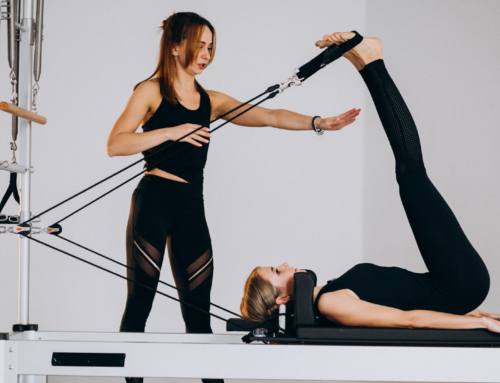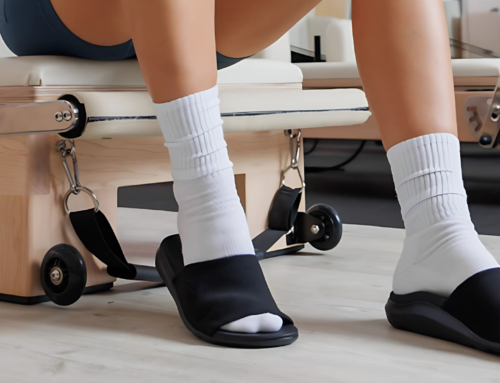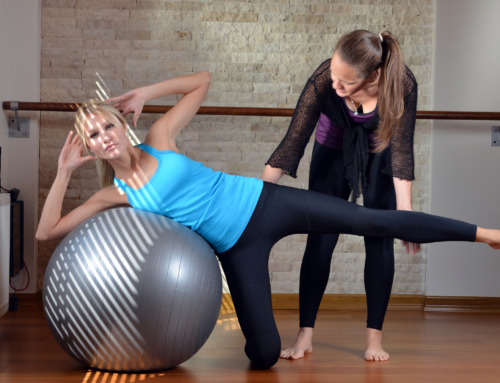An ACL tear, short for anterior cruciate ligament tear, is a common and often debilitating injury that can occur during sports activities or sudden twisting motions of the knee. This injury not only affects athletes but also individuals engaged in everyday activities. The road to recovery from an ACL tear can be challenging, but with the right approach, including physiotherapy, individuals can regain strength, stability, and confidence in their knee. In this comprehensive blog post, we will explore what an ACL tear is, delve into its causes and symptoms, and outline how physiotherapy plays a crucial role in the recovery process.

Understanding ACL Tear:
The anterior cruciate ligament (ACL) is one of the major ligaments in the knee, providing stability and preventing excessive forward movement of the tibia (shin bone) relative to the femur (thigh bone). An ACL tear occurs when the ligament is stretched or torn, often as a result of sudden stops, changes in direction, or direct impact to the knee. This injury is common in sports such as soccer, basketball, football, and skiing, but it can also occur during non-contact activities.
Causes of ACL Tear:
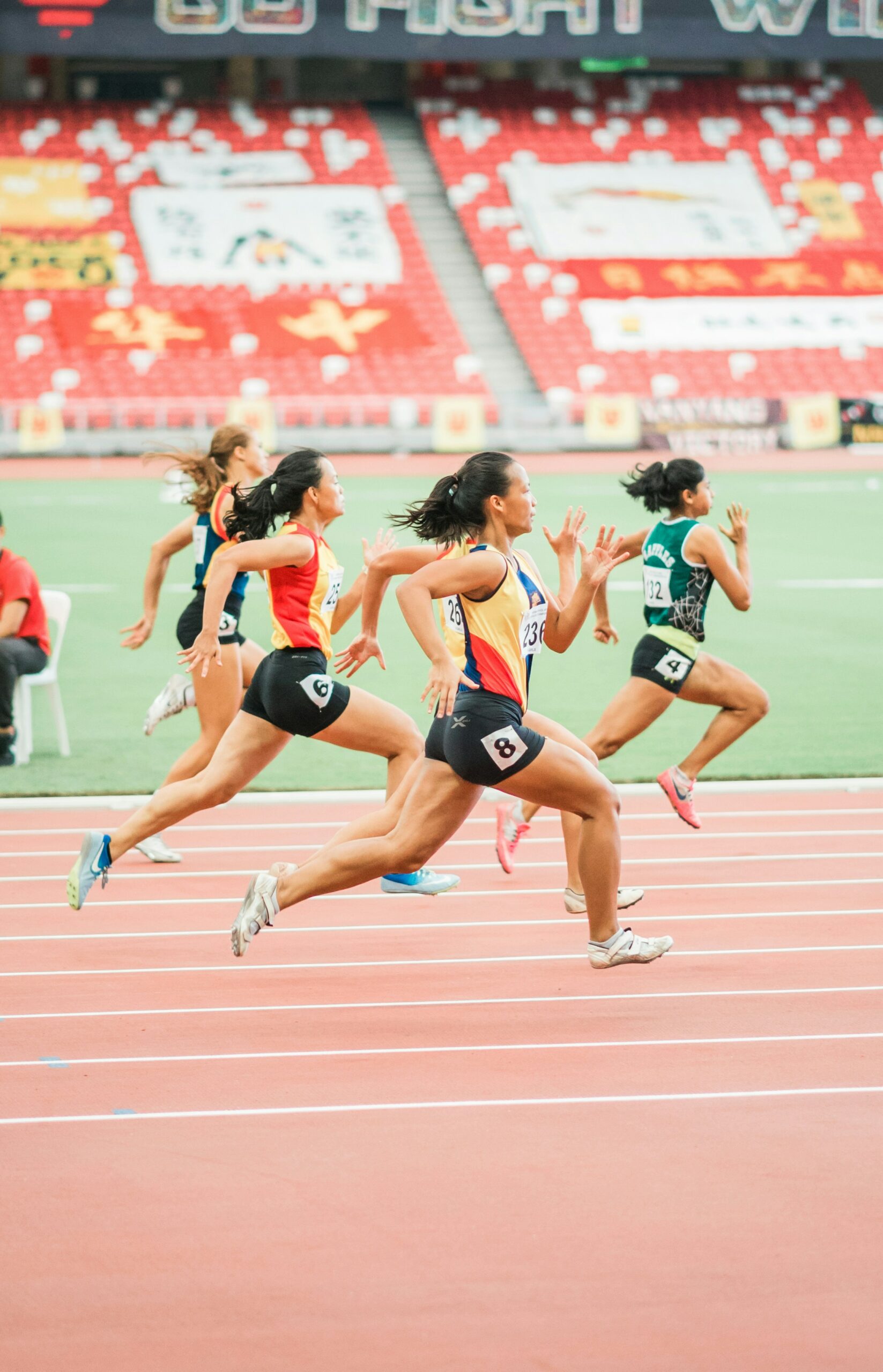
- Sports Injuries: ACL tears frequently occur during sports activities that involve sudden changes in direction, pivoting, or jumping. Landing awkwardly from a jump or colliding with another player can place excessive stress on the ACL, leading to injury.
- Sudden Twisting Movements: Sudden twisting or hyperextension of the knee joint can also cause an ACL tear. This can happen during falls, slips, or accidents where the knee is forcefully twisted or bent in an unnatural direction.
- Weak Muscles and Poor Biomechanics: Weakness or imbalances in the muscles surrounding the knee joint can increase the risk of ACL tears. Poor biomechanics, such as improper landing technique or alignment issues, can also contribute to the vulnerability of the ACL.
- Previous Injuries: Individuals who have previously experienced knee injuries, such as ACL tears or sprains, may be at a higher risk of re-injury. Scar tissue or weakened ligaments from previous injuries can compromise the stability of the knee joint.
- Genetic Factors: Certain genetic factors, such as ligament laxity or joint hypermobility, may predispose individuals to ACL tears. These structural variations can affect the stability of the knee joint and increase the likelihood of injury.
Symptoms of ACL Tear:
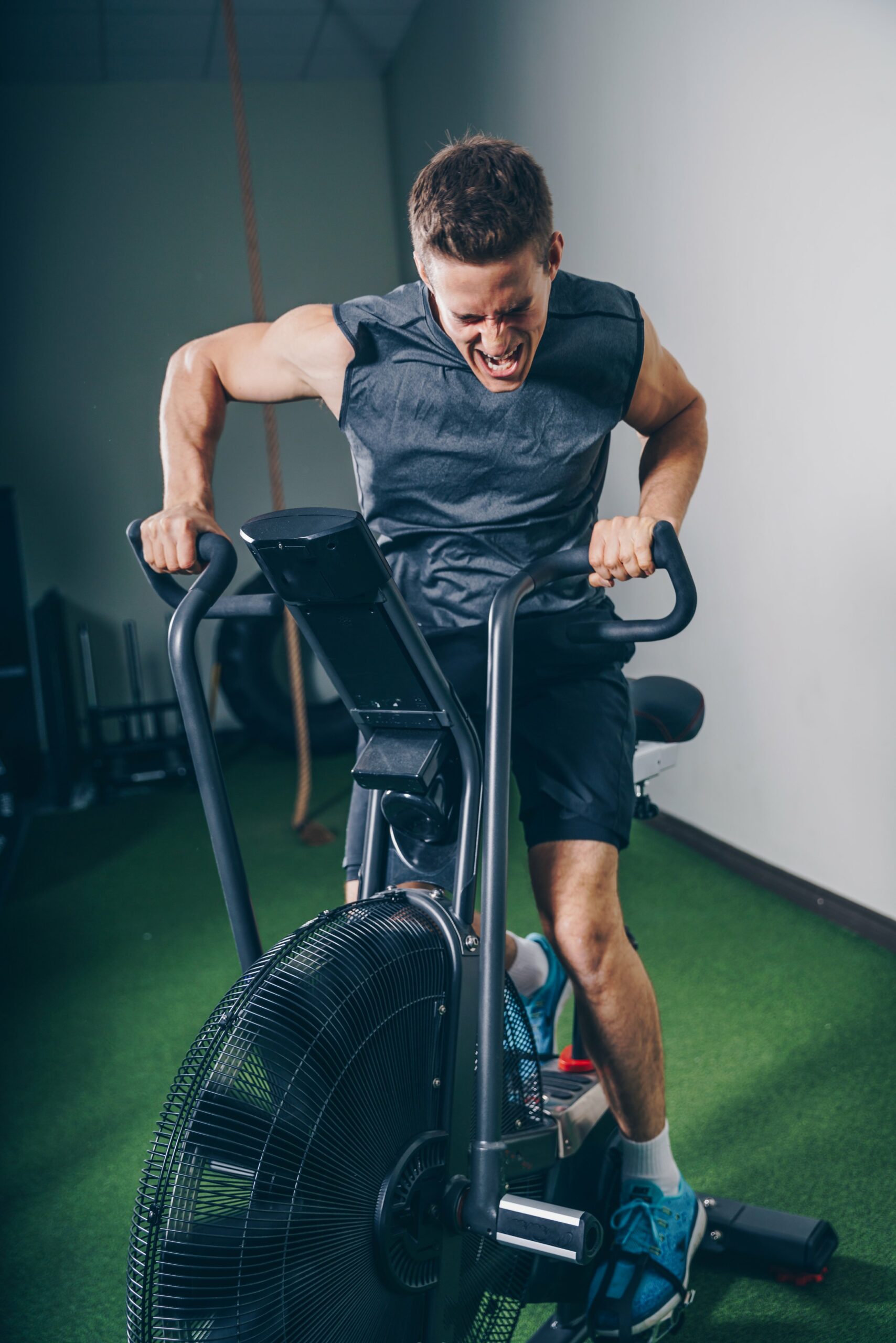
The symptoms of an ACL tear can vary depending on the severity of the injury, but common signs include:
- Sudden and intense pain in the knee
- Swelling and inflammation
- Instability or a feeling of giving way in the knee
- Difficulty bearing weight on the affected leg
- Popping or snapping sensation at the time of injury
Diagnosis of ACL Tear:
A thorough physical examination and imaging tests, such as magnetic resonance imaging (MRI), are typically used to diagnose an ACL tear. The physical examination may include tests to assess the stability of the knee joint and the integrity of the ACL. MRI imaging can provide detailed information about the extent of the injury and any associated damage to other structures in the knee.
Treatment for ACL Tear:
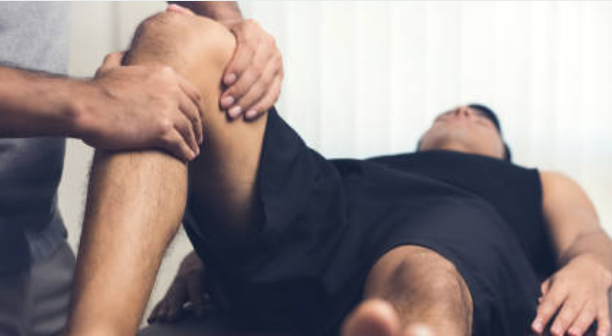
- Conservative Management: In some cases, individuals with partial ACL tears or minimal symptoms may benefit from conservative treatment approaches, such as rest, ice, compression, and elevation (RICE), along with physical therapy to strengthen the surrounding muscles and improve knee stability.
- Surgical Intervention: For individuals with complete ACL tears or significant instability, surgical reconstruction may be recommended. During ACL reconstruction surgery, the torn ligament is replaced with a graft, typically taken from the patient’s own hamstring tendon or patellar tendon. This procedure helps restore stability to the knee joint and reduces the risk of further injury.
Role of Physiotherapy in ACL Tear Recovery:
- Physiotherapy plays a crucial role in the recovery process for individuals with ACL tears, whether they undergo surgical reconstruction or opt for conservative management. Here’s how physiotherapy can help:
- Preoperative Rehabilitation: For individuals undergoing ACL reconstruction surgery, preoperative rehabilitation helps prepare the knee joint and surrounding muscles for the procedure. Physiotherapy exercises focus on reducing swelling, improving range of motion, and strengthening the quadriceps, hamstrings, and calf muscles.
- Postoperative Rehabilitation: Following ACL reconstruction surgery, postoperative physiotherapy is essential for promoting healing, restoring knee function, and preventing complications. Physiotherapists guide patients through a structured rehabilitation program that includes progressive exercises to improve range of motion, strength, balance, and proprioception.
- Strengthening Exercises: Strengthening exercises targeting the muscles surrounding the knee joint are a key component of ACL tear recovery. Physiotherapists prescribe exercises to strengthen the quadriceps, hamstrings, calves, and hip muscles, helping improve knee stability and function.
- Range of Motion Exercises: Range of motion exercises help restore flexibility and mobility to the knee joint following surgery or injury. Physiotherapists use a combination of passive and active stretching techniques to improve knee range of motion and prevent stiffness.
- Balance and Proprioception Training: Balance and proprioception training are crucial for improving neuromuscular control and reducing the risk of re-injury. Physiotherapists incorporate balance exercises, proprioceptive drills, and functional activities to enhance joint stability and control.
- Plyometric and Agility Training: Plyometric exercises and agility drills are introduced during later stages of rehabilitation to improve power, speed, and agility. These dynamic movements help prepare individuals to return to sports and activities that require explosive movements and rapid changes in direction.
- Functional Rehabilitation: Functional rehabilitation focuses on restoring functional activities and sports-specific movements. Physiotherapists work closely with patients to address any biomechanical issues, modify movement patterns, and gradually reintroduce sports-specific activities to ensure a safe and successful return to play.
- Education and Injury Prevention: Education plays a vital role in ACL tear recovery, empowering individuals to understand their injury, adhere to rehabilitation guidelines, and make informed decisions about their recovery. Physiotherapists provide guidance on injury prevention strategies, proper warm-up techniques, and appropriate equipment use to reduce the risk of future injuries.
Recovering from an ACL tear requires patience, dedication, and a comprehensive rehabilitation approach. Physiotherapy plays a crucial role in the recovery process, helping individuals rebuild strength, stability, and confidence in their knee joint. Whether undergoing surgical reconstruction or opting for conservative management, physiotherapy provides personalized care and guidance at every stage of the recovery journey. By following a structured rehabilitation program, individuals can bounce back stronger and return to the activities they love with renewed strength and resilience. Remember, with the right support and guidance from a physiotherapist, overcoming an ACL tear is within reach.ries.

